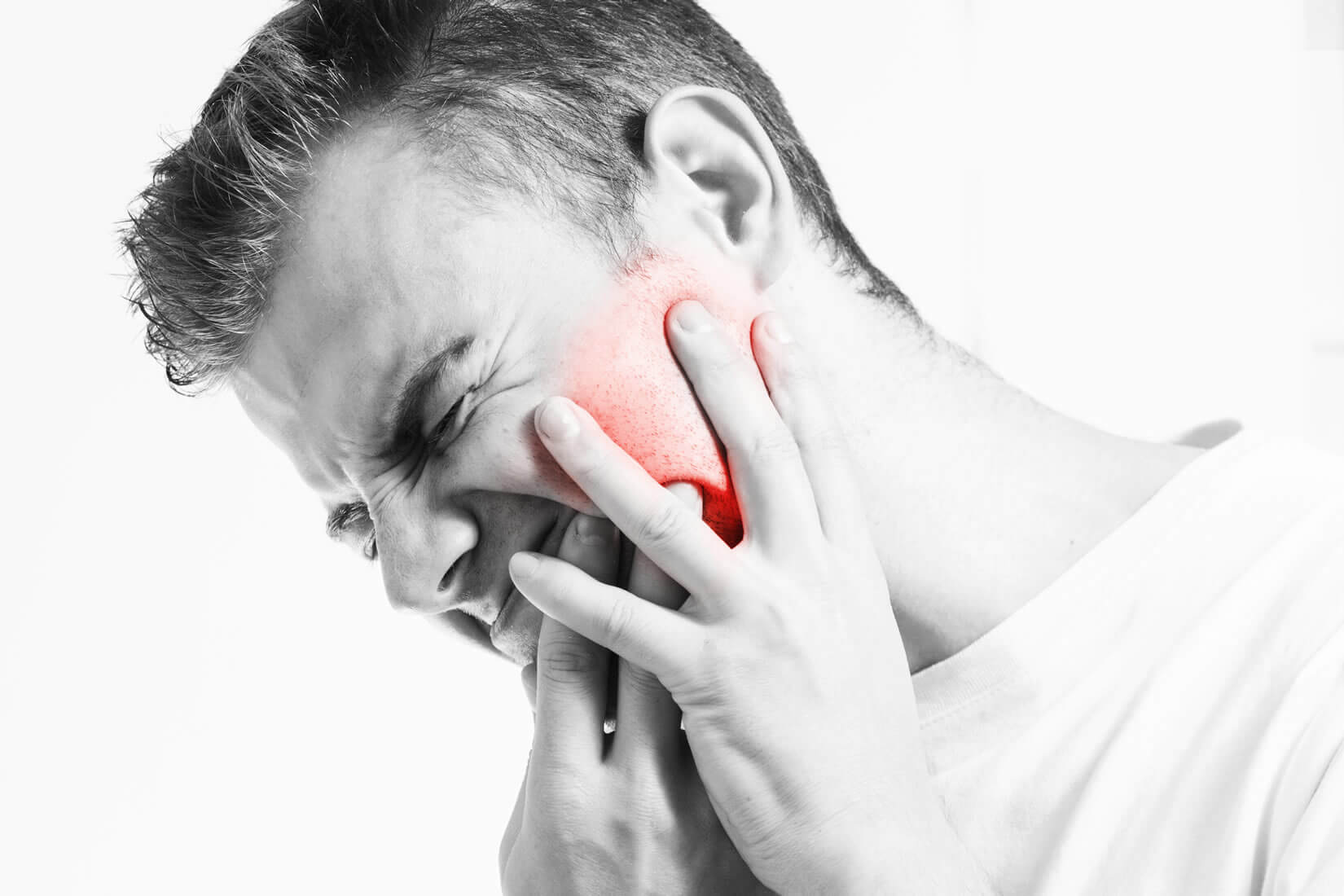
What Causes Dry Socket?

Dry socket is a fairly common condition, particularly following a tooth extraction. After this procedure, blood clots form as part of the healing process, covering exposed bone and nerves to protect these delicate tissues from damage and infection. However, if these blood clots are dislodged, bacteria and debris may enter and become trapped in the empty socket. Without sufficient cleaning and treatment, infection occurs, causing severe pain as well as difficulty with chewing and swallowing.
Symptoms of dry socket include:
- Severe pain in the days following extraction
- Visible bone tissue
- Partial or complete blood loss at extraction site
- Bad breath or an unpleasant taste in your mouth
How to Treat and Prevent Dry Socket
In order to protect your healing smile, it is important that you closely follow post-surgery instructions from your dentist. Most common recommendations include:
- Avoid tobacco use: Smoking a cigarette can dislodge the newly forming blood clot. In addition, chemicals in tobacco are known to disrupt proper healing and can contaminate the extraction site, triggering development of dry socket.
- Avoid touching the site: Poking the empty socket with your tongue or touching it with your fingers can lead to infection and, subsequently, dry socket.
- Don’t use a straw: The suction from using a straw may dislodge blood clots, leading to dry socket.
- Avoid swishing or spitting: The vigorous movement of the mouth may also dislodge the blood clot.
So when getting an extraction, remember the 4 S’s:
No Spitting, Smoking, Swishing, or using a Straw.
Say it’s too late and you’re already in pain. What do you do?
- Clean the area with chlorhexidine, salt water/saline. Flushing out the socket can remove any food particles or other debris that may contribute to pain or possible infection. A plastic syringe with a curved tip to squirt water, salt water or a prescription rinse into the socket.
- Control the pain with a dressing material (e.g., Alvogyl™ paste, DRESSOL-X™). Your dentist may pack the socket with medicated gel or paste and medicated dressings. These can provide relatively fast pain relief. The severity of your pain and other symptoms will determine whether you need dressing changes and how often or if you need other treatment.
- Refrain from smoking for at least 6 weeks after the extraction; smoking delays healing and restricts blood supply to the extraction site.
- Take pain medication such as NSAIDs (e.g., ibuprofen) or a mixture of ibuprofen 600mg with 500mg acetaminophen in case of severe pain.

